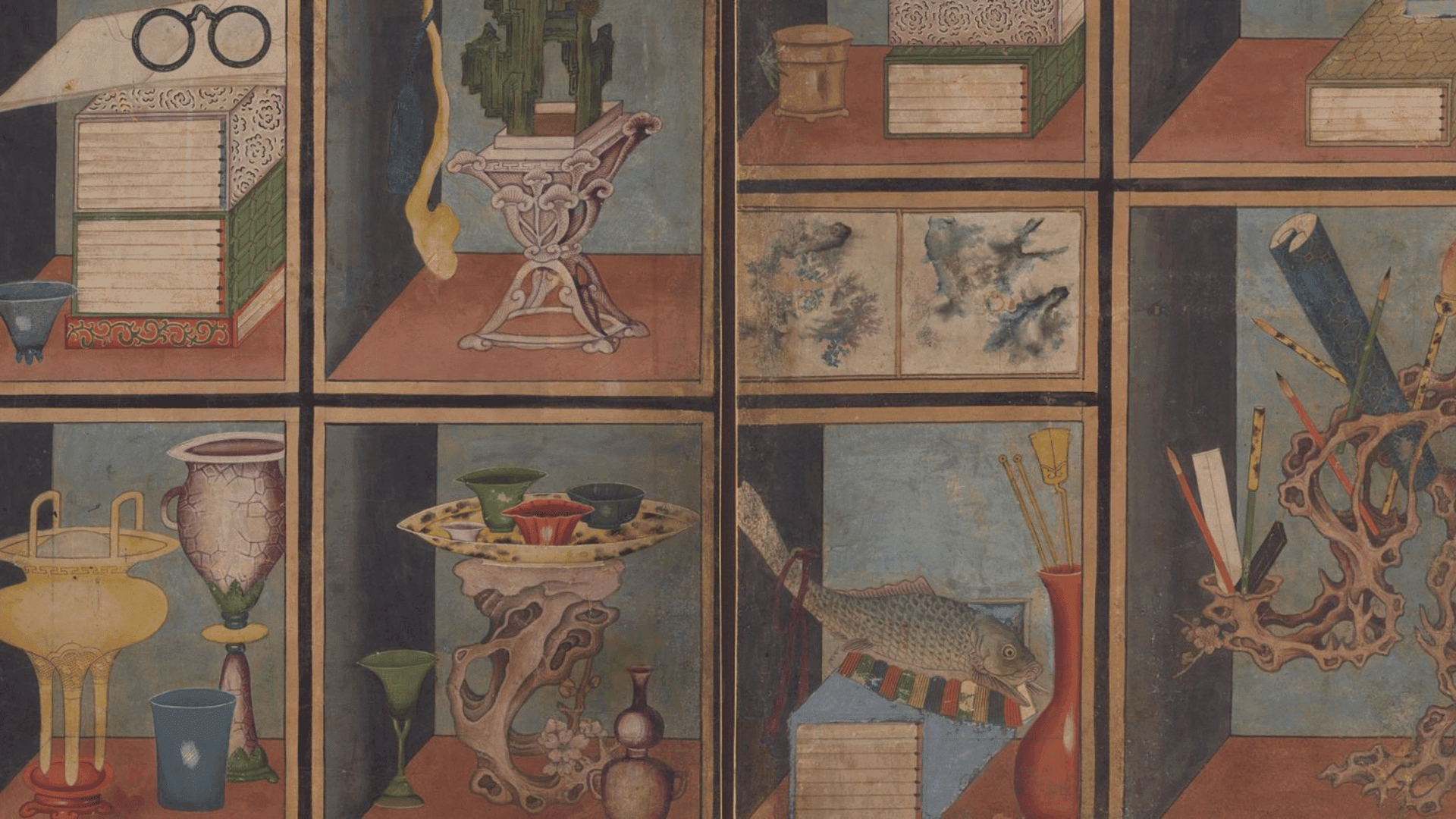
On the corner of a Dublin street, you see a mermaid. On another, a portrait of Freddie Mercury. Further down the way is a trippy tribute to tulips. Welcome to the newest form of public art- the traffic lights of Dublin.
The traffic lights themselves don’t fall under the “public art” spectrum, but the boxes that control them do. Thanks to an initiative earlier this year, the boxes have been painted and decorated by various members of the Dublin community. Dubbed the Dublin Canvas initiative, the project is “intended to bring flashes of color and creativity to everyday objects in the city,” Lonely Planet reports.
Dublin Canvas began in 2015 with a few control boxes on Baggot Street, Rathmines, and Camden Street. By 2016, an additional 72 boxes from all five major Dublin City districts were acquired and available for painting. This year, they added South Dublin County to the list of locations. There has been talk about expanding into other parts of Ireland, but nothing has been confirmed yet.
According to the official website, Dublin Canvas is meant to fight vandalism and graffiti. “[T]here is an abundance of highly creative, talented artists living throughout Dublin. These artists love to exhibit their work to the public. At the same time, there are large grey metal traffic light control boxes dotted across [the city]… Dublin Canvas utulises [sic] this space to showcase artwork enhancing the surrounding area. The artist’s [sic] love to paint and the public generally loves the artwork. It is a win-win situation for all involved.”

Beginning in early spring, participants can sign up from the Dublin Canvas website to be part of the year’s roster. After the selection process, artists chosen are given until late autumn to finish their masterpieces. With few limitations and only a handful of requirements, the artists are given free reign to create whatever they please. This means the resulting creations are incredibly diverse. In 2017, boxes were painted with everything from Tetris blocks to a tribute to the late David Bowie. Flowers, felines, and feathers can be spotted in multiple designs. Some offer words of encouragement, while others are bizarre and psychedelic.
David Murtagh, the project’s coordinator, explained to The Journal that any Dublin residents are welcome to sign up. “Artists are from all walks of life. Barristers, baristas, block layers. A mixture of nationalities and a variety of art disciplines. Graphic designers, illustrators, stencil artists, fine artists, street artists and landscape artists [are just a few of the areas our participants come from].” By giving these artists a platform they might have otherwise not had access to, it promotes creativity among the artisans- and the general public.

The painted control boxes have (so far) been a hit both online and in public. Instagram posts showcasing the art receive hundreds of likes and often spark discussion in the comments. Some tourist sites have begun listing the project as things to see. And while no official reports have been made on the topic, nobody has defaced any of the painted boxes, indicating that the goal of lessening vandalism may be true.
Public art may be decried by some, saying it invites vandals and does nothing to increase property values. But the Dublin Canvas initiative proves otherwise. It shows that giving artists an outlet- and an outlet that people will see- can make a difference in a community. It’s brought color to the city in a cheap and effective way that involves the residents. In the eyes of the Dublin people, they’ve made something that’s a real work of art.
Follow our World of Creation where “what if” becomes “what is.”







